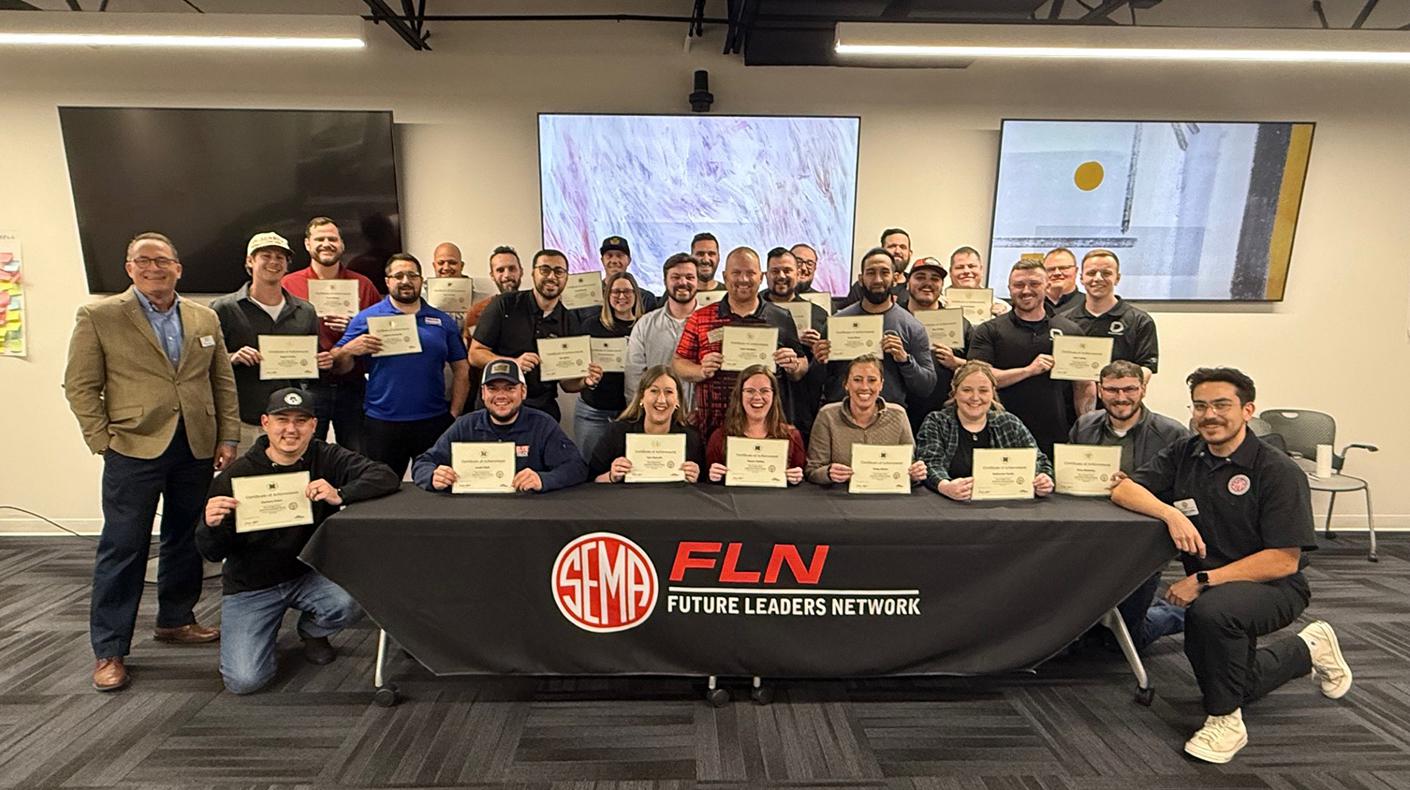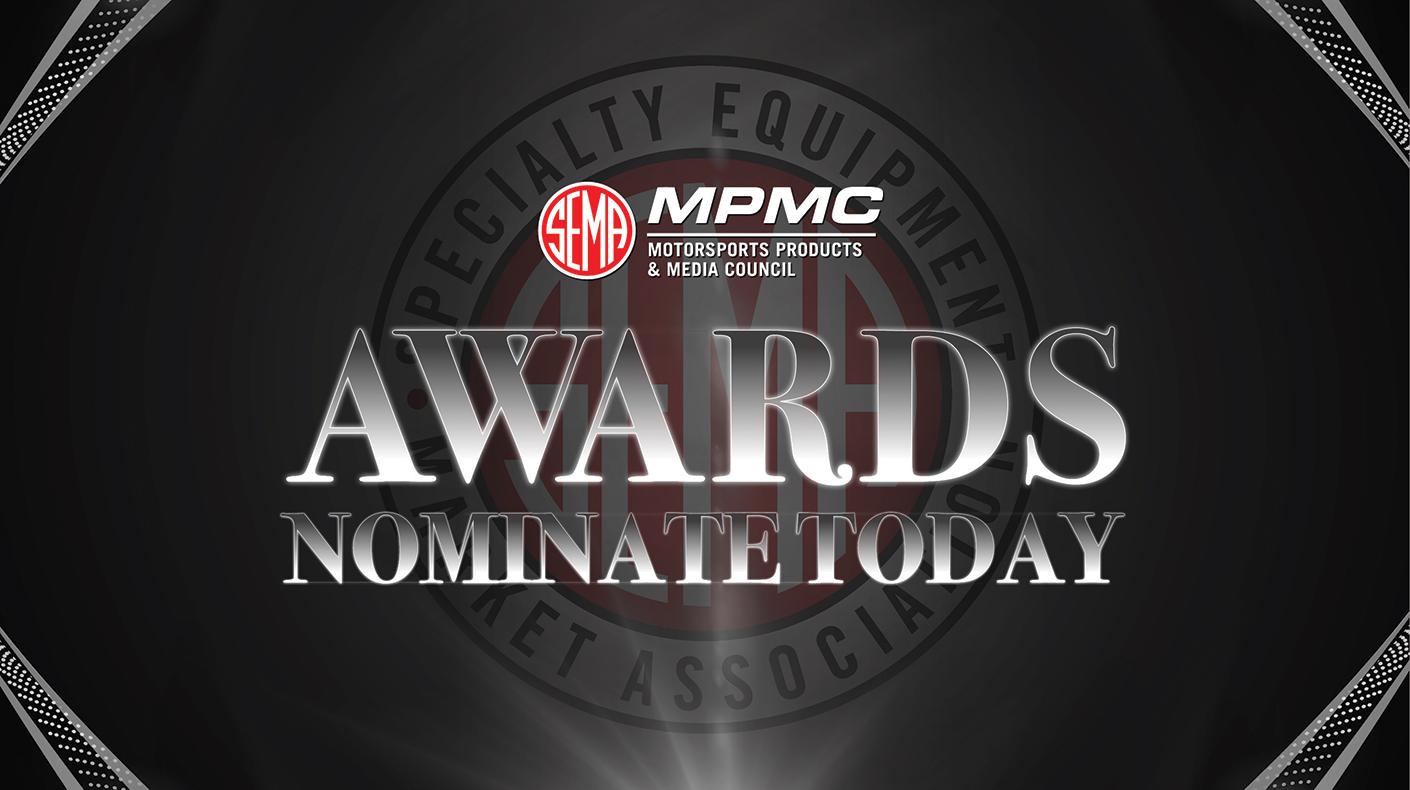Global warming and energy security worries are pushing more consumers to check out clean diesel vehicles, but buyer sticker shock and higher maintenance costs could push back against diesel growth in the United States, according to some industry observers who attended the Society of Automotive Engineers (SAE) World Congress. A recent article posted on Dieselforecast.com highlights a recent diesel panel discussion hosted at the latest SAE event.
According to the Dieselforecast.com article, all speakers answered “yes” to the panel’s theme: “Is the light-duty diesel ready for prime time” in the United States? But a few harbored doubts as to whether America can or should catch up with Europe and if U.S. consumers will be willing to change their habits in order to go diesel. About half of new vehicles in Europe are diesel-powered, compared with just 3% of the total vehicle fleet in the United States.
The rollout of ultra-low sulfur diesel (USLD) since October has been “a big success” said Christopher Grundler, deputy director at the Environmental Protection Agency’s (EPA) Office of Transportation and Air Quality.
According to the article, Grundler said about 90% of all USLD fuel refined in the United States, more than the federal 80% requirement, contains less than 15 sulfur parts per million. The EPA recently issued preliminary guidelines for manufacturers of diesel engines, including requiring vehicles come equipped with onboard system to alert drivers when urea or ammonia after treatments run low.
“This is very different than other emissions-control technologies that we’ve dealt with in the past,” Grundler said. “It frankly places a bigger burden on the user to be a part of the emissions-compliance solution.”
Manufacturers need to educate consumers on these other maintenance requirements that will go with operating a diesel, said Robert Lee, vice president powertrain product engineering at DaimlerChrysler AG. But Lee has reason to be hopeful about consumer interest.
He presented data from J.D. Power and Associates, as well as internal DCX data that showed 14%–17% of potential American buyers (depending on the type of vehicle, such as cars versus SUVs) said they were very interested in purchasing a diesel. Meanwhile 34%–39% responded as somewhat interested.
“Our challenge is to look at this and try to find ways to get consumers to accurately perceive what the diesel engine is doing in today’s modern environment,” Lee said.
Lee added that three factors could contribute to the growth of diesels in this country: consistency or commonality in global emissions standards; diesel and gasoline price parity; and the necessary growth of biofuels, such as biodiesel, to offset potential shortages of USLD.
For Chrysler Group, Europe has been the training ground for diesel technology. Lee touted a list of 11 DCX models, including the Grand Cherokee, offered in Europe as diesels.
“As you think about this list, you might have a shopping list to think about for the future in the United States,” Lee said.
The University of Michigan Transportation Research Institute study asked 100 industry, academic, government and non-government powertrain experts to estimate clean diesel penetration in total North American production. Today, diesel cars represent less than half of 1%, but in 2015 the experts expect it to be 15% and hit 18% by 2020. Meanwhile, 6% of light trucks are diesel-powered but are expected to reach 25% in 2015 and 28% years later, according to the study.
But Jim Williams, senior downstream manager for the American Petroleum Institute, raised doubts the United States can approach those levels, even by 2030.
“The United States has some flexibility to change that mix, but it is not something you can do quickly or cheaply,” he said.
Williams estimates it costs between $500 million–$1 billion to convert a refinery from primarily gasoline to diesel production, and a five- to 10-year lead time to do so.
“This growth in diesel has been heavily influenced by tax incentives for the fuel, so much so that Europe is now importing diesel and exporting gasoline,” Williams said, noting that when Hurricane Katrina and Rita destroyed several Gulf Coast refineries, Europe was a major exporter to the United States. “Europe is complementing the U.S. gasoline supply rather than competing for energy needs,” Williams said.
On the maintenance side of the diesel issue, there was more optimistic news to be had. Tony Molla, vice president of communications for the National Institute for Automotive Service Excellence, was bullish about the current dealer and aftermarket maintenance infrastructure. For diesel to grow, however, more certified technicians will be needed to take over for the high numbers of technicians set to retire. Currently, most trade schools focus solely on heavy-duty diesel instruction, Molla said.
“The biggest challenge and opportunity we have is developing a curriculum for light-duty diesels,” Molla said. “The concern is while the infrastructure exists, we do not know if we’ll have the numbers of individuals we need to meet the (future) needs.”
The relatively high costs for selective catalyst reduction after treatment systems and the technicians to service them, is all the more reason for manufacturers to focus on engine efficiency, added James Eberhardt, chief scientist for the Office of FreedomCAR and Vehicle Technologies (FCVT) at the U.S. Department of Energy.
“To the extent that you can do more in the cylinder, in the combustion process, maintain the highest efficiency you can achieve and cut the amount demanded from the exhaust after treatment, we think that is the highest-priority research area,” Eberhardt said, noting concerns about the changing nature of the molecular composition of fuels.
Source: Anderson, Scott. (April, 2007). “Challenges in Converting Diesel Curious into Buyers.” Retrieved April 26, 2007 from www.dieselforecast.com.





